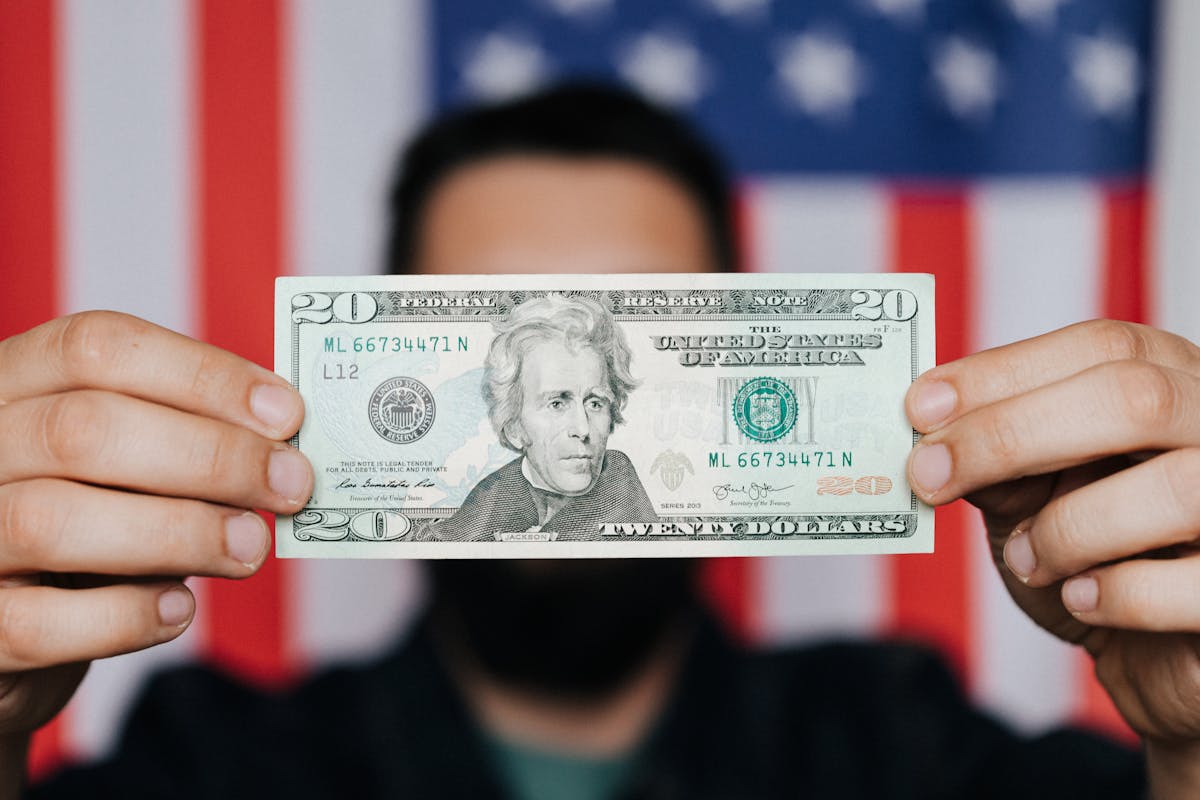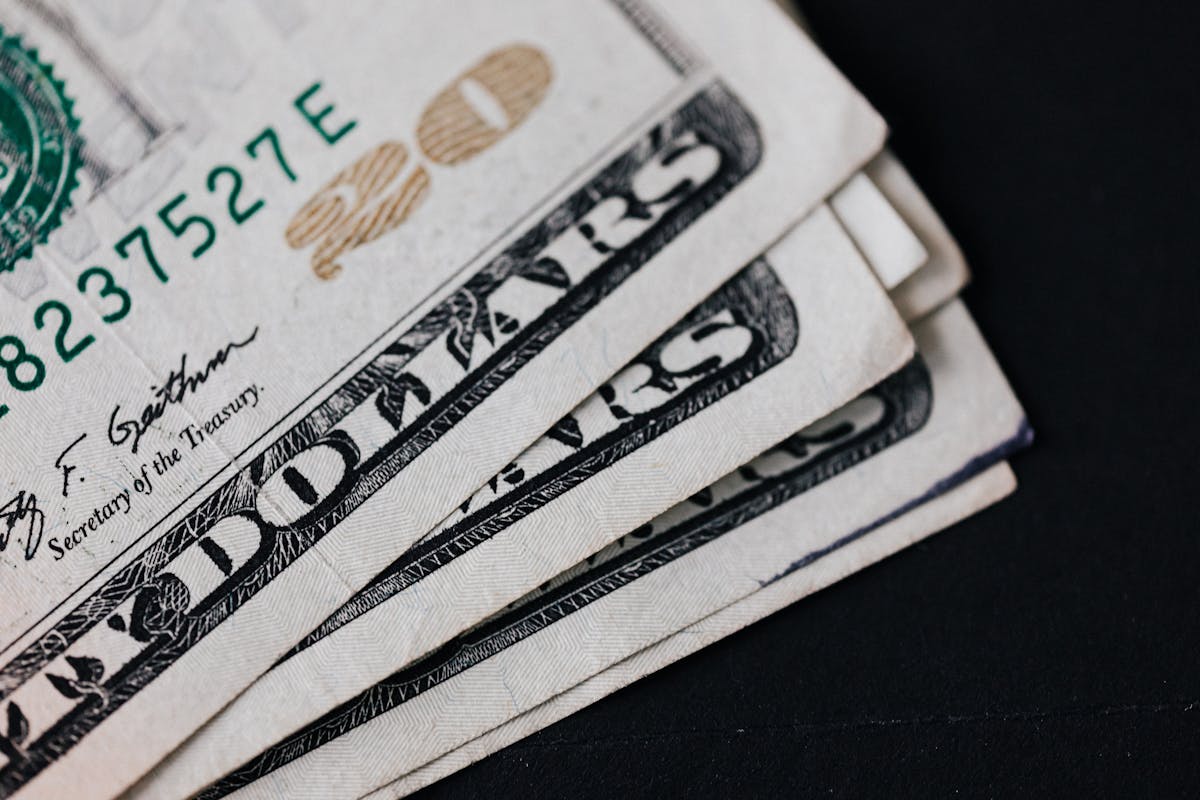Breaking Free from Debt in 2025: Smart Strategies, Real Stories, and AI Tools That Save You Thousands

Part 1: The New Face of Debt in 2025
Debt. A word that used to mean shame, sleepless nights, and endless calls from collectors. But in 2025, that’s changing — fast. Americans are no longer treating debt as a trap; they’re treating it as a system that can be mastered. And technology, not luck, is finally on their side.
Today, more than 72% of U.S. adults carry at least one type of personal debt — whether that’s a credit card balance, student loan, or medical bill. But the difference between those who stay trapped and those who rise above is simple: strategy.
Modern debt recovery isn’t about cutting coffee or canceling Netflix — it’s about using data, automation, and psychology to rebuild smarter spending habits.
💡 Why This Matters
- 📉 Credit card interest rates hit record highs in 2025 — over 23% APR for many Americans.
- 💸 Average household debt is now above $102,000 — but most families have never spoken to a financial planner.
- 🤖 AI tools can now negotiate and manage debt payments automatically — saving time and reducing stress.
The rise of AI-powered finance apps like Monarch Money, Tally, and Truebill has changed everything. These platforms monitor spending, auto-pay high-interest accounts first, and even draft negotiation emails for users struggling with payment schedules.
📊 Case Study: Sarah’s Story
Sarah, a 33-year-old nurse from Michigan, was drowning in $46,000 of mixed debt. She wasn’t lazy or careless — just overwhelmed by how fast interest compounded.
In 2023, she downloaded an AI budgeting app that automatically connected to her accounts and categorized every expense. Within two months, it showed her she was paying $389 per month in unused subscriptions and interest overlaps.
After implementing a “debt avalanche” strategy recommended by the AI assistant, Sarah was debt-free by late 2024. The emotional impact? “For the first time in years, I feel like I control my life again.”
Part 2: The Psychology of Debt – Why We Stay Stuck
Before we talk about repayment plans and refinancing, we need to address the mental side of debt — the part most blogs ignore.
🧠 The Emotional Traps
- 💀 Debt Shame: Many people hide their debt, refusing to face it until it’s too late.
- 🌀 Minimum Payment Illusion: Paying the “minimum” feels productive — but it’s actually a financial treadmill.
- 🔥 Stress Spending: People spend impulsively to escape anxiety caused by… debt itself. A vicious cycle.
According to a 2025 study by the National Financial Wellness Institute, 64% of Americans in debt report using “emotional spending” to temporarily relieve stress — making their situation worse.
📘 Reframing Debt: From Fear to Focus
Debt isn’t failure — it’s a feedback system. Each balance tells you something about your habits, priorities, and environment. When you start treating it as data instead of disaster, the game changes.
Here’s how successful people approach debt recovery:
- Step 1: Track every dollar with zero judgment — awareness beats anxiety.
- Step 2: Focus on one debt at a time (the “snowball” or “avalanche” method).
- Step 3: Automate your payments to remove emotion from the process.
- Step 4: Build small wins early — motivation compounds faster than interest.
When handled strategically, paying off $1,000 can feel as empowering as earning $10,000. The key is consistency — not perfection.

Part 3: Mastering the Three Debt Repayment Strategies of 2025
There isn’t one “magic” way to pay off debt — but there are proven systems that work when applied consistently. In 2025, three primary strategies dominate the conversation among financial coaches and AI-driven budgeting platforms.
1️⃣ The Debt Snowball Method (For Motivation)
This method, made popular by financial experts like Dave Ramsey, focuses on paying off the smallest debt first. It’s not about math — it’s about momentum. Each win fuels the next, turning discipline into habit.
- ✅ Pay minimums on all debts except the smallest.
- 💥 Attack the smallest balance aggressively.
- 🔁 Once cleared, move to the next smallest.
Pros: Builds confidence fast and creates emotional wins. Cons: May cost more in total interest if higher-rate debts wait too long.
💬 Example: John owed $1,200 (credit card), $4,000 (car), and $9,800 (loan). Within 6 months of using Snowball, he paid off the smallest two — and said, “Once I cleared that first card, I couldn’t stop. It became addictive.”
2️⃣ The Debt Avalanche Method (For Maximum Savings)
This one’s for the data-driven mind. Instead of focusing on smallest debts, the Avalanche targets the highest interest rate first — minimizing what you pay over time.
- 📈 List debts from highest to lowest APR.
- 🔥 Pay extra only toward the highest-rate balance.
- 💧 Once it’s gone, “avalanche” down to the next.
Pros: Saves thousands in interest and shortens payoff time. Cons: Harder to stay motivated if results take longer to feel.
🧮 Quick Math: Paying $300 extra monthly on a 22% APR card can save over $4,800 in interest across three years — according to NerdWallet’s 2025 calculator.
3️⃣ Debt Consolidation (For Simplification)
Debt consolidation is the most “modern” strategy — and the most misunderstood. It doesn’t erase debt, but merges multiple accounts into one lower-interest loan, simplifying payments and stress.
- 🏦 Combine high-interest balances into one manageable payment.
- 💰 New loans usually have 8–12% APR (vs. 22–28% on credit cards).
- 📅 Pay a single due date each month — easier to automate.
Example: Lisa used SoFi’s AI-based debt consolidation tool in 2024. It automatically compared lenders and refinanced her 5 credit cards into one payment — saving $327 per month and cutting 18 months off her payoff time.
Pro Tip: Always check your debt-to-income ratio (DTI) before consolidating. Most lenders in 2025 require a DTI under 45% to qualify for the best rates.
Part 4: AI Tools and Automation – The Debt Killer’s Secret Weapon
Managing debt in 2025 isn’t about manual spreadsheets anymore. It’s about letting AI handle the math and emotions — so you can focus on life.
🤖 Best AI Tools for Debt Freedom
- Tally – Automatically pays down your highest-interest cards first, saving you up to 30% on total interest.
- Monarch Money – Uses AI to visualize your debt timeline and create “what-if” scenarios for faster payoff.
- Truebill (now Rocket Money) – Cancels unwanted subscriptions and redirects that money to your debt payments.
- Cleo AI – A chatbot that keeps you accountable with funny (and sometimes savage) messages to remind you to stay on budget.
💬 Example: When 29-year-old Jason from Austin connected his accounts to Tally, the app found $2,700 in potential savings just by restructuring his payment schedule. Jason said, “It’s like having a financial coach that never sleeps.”
📆 Automating Your Debt Payoff Schedule
Automation removes decision fatigue — the number one reason most people relapse into debt. Set it once, and let algorithms handle consistency for you.
- 🔔 Auto-transfer fixed amounts on payday before spending begins.
- 💳 Split payments bi-weekly — reduces total interest over time.
- 📈 Use “round-up” apps that send spare change toward your smallest debt.
According to Forbes Finance 2025, users who automated debt payments reduced payoff time by 21% on average compared to manual payers.
🧠 Emotional Benefit: The Stress-Free Payoff
Automation isn’t just financial — it’s psychological. When payments happen quietly in the background, your brain stops linking “debt” with stress. That shift in mindset is what keeps people debt-free for life.
As one user on Reddit’s r/PersonalFinance put it: “Automation turned my anxiety into autopilot.”

Part 5: Legit Debt Relief Programs That Actually Work
Sometimes, even the smartest strategies aren’t enough. Unexpected layoffs, medical bills, or economic shifts can push anyone into deeper debt. That’s why 2025 has seen a surge in legitimate debt relief programs — designed to help, not exploit.
1️⃣ Debt Management Plans (DMPs)
A DMP isn’t a loan — it’s a structured repayment plan created by a certified credit counselor. You make one monthly payment to the agency, and they distribute it to your creditors — often with reduced interest rates.
- ⚙️ Managed by non-profits like the NFCC (National Foundation for Credit Counseling).
- 💬 Average interest reduction: from 22% down to 8–10%.
- 📆 Duration: 3 to 5 years on average.
Real Example: Emma, a single mom in Florida, joined an NFCC DMP in 2023. Within 24 months, her total monthly payment dropped by $450 — and her credit score rose by 93 points.
2️⃣ Debt Settlement (When You Can’t Pay Everything)
Debt settlement is often the “last resort” — but when done properly, it can be life-changing. You (or an agency) negotiate directly with creditors to settle your balances for less than you owe.
- 💰 Typical reductions: 25%–60% of total owed.
- ⚠️ Works best for credit card and medical debt — not federal student loans.
- 📑 Always request a written agreement before paying a cent.
Pro Tip: Use tools like SoloSettle — an AI-driven negotiation service that drafts legal settlement offers automatically.
3️⃣ Government Debt Assistance in 2025
In 2025, several federal initiatives have expanded under the Consumer Debt Relief Expansion Act.
- 🏦 Student Loan Forgiveness 2.0: Partial forgiveness available for borrowers in public service or healthcare roles.
- 🏠 Mortgage Flex Program: Lets homeowners defer up to 6 months of payments during verified financial hardship.
- 💳 Consumer Credit Counseling Grants: Provides free one-on-one sessions for low-income households.
Check eligibility at: ConsumerFinance.gov — the official U.S. government site for debt assistance.
Part 6: Avoiding Debt Scams and Building a Debt-Free Future
For every legitimate relief program, there are ten fake ones. Scammers target desperate consumers with promises of “instant debt forgiveness” — but their goal is to steal money or data.
🚨 Common Debt Relief Scams in 2025
- ❌ “Pay us upfront and we’ll erase your debt” — illegal under the FTC’s Telemarketing Sales Rule.
- ❌ “We’re partners with the government” — false. Real federal programs never charge private fees.
- ❌ “You don’t need to contact your creditors again” — red flag. Transparency is key in all real programs.
According to FTC Consumer Sentinel Report 2025, over $700 million was lost to fraudulent debt companies in just the first half of the year.
🧭 How to Protect Yourself
- Verify credentials at FTC.gov or CFPB.gov.
- Never pay upfront — real programs take fees only after results.
- Read reviews on TrustPilot and Better Business Bureau before signing up.
- Always communicate directly with your creditors before joining third-party programs.
🌅 Building a Debt-Free Life
Getting out of debt isn’t the finish line — it’s the foundation for everything that comes next. The key is financial resilience: creating habits that keep you debt-free forever.
💪 5 Rules for Staying Debt-Free
- 💡 Live on 80% of your income — save or invest the other 20% automatically.
- 📊 Use AI budgeting tools that alert you before overspending — not after.
- 🛡️ Build an emergency fund equal to 4–6 months of expenses.
- 🧠 Keep one credit card active for credit history — but pay in full monthly.
- 🚀 Invest in education or side skills to increase future income, not future debt.
📚 Recommended Tools & Sources
- Consumer Financial Protection Bureau (CFPB)
- National Foundation for Credit Counseling (NFCC)
- Debt.org — Guides and Calculators
- NerdWallet — 2025 Debt Payoff Tools
